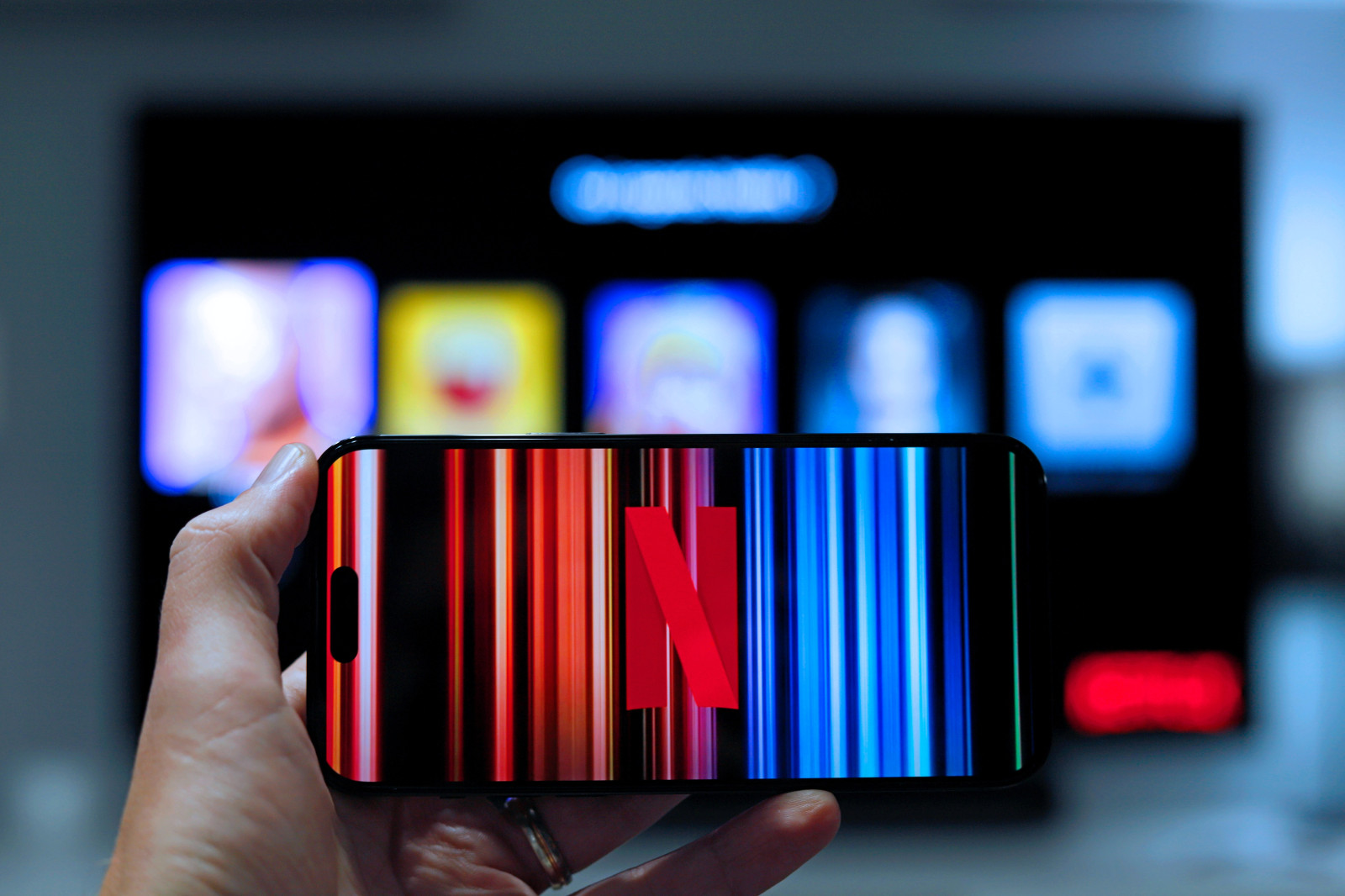The slow-TV opportunity

Photo: Matoo.Studio

Since its debut in 2010, Netflix’s Fireplace for Your Home – consisting of three one-hour long episodes of crackling, rolling, digital flames – has been a semi-popular release on the platform. This year, for the first time, however, the show made it into the global top 10 most watched shows during the week leading up to Christmas, spanning across 10 countries across Europe and the Americas.
The slow-TV genre found its footing in 2009 with the release of Minutt for Minutt (2009), a Norwegian Broadcast Company’s (NRK) live series covering “the world's most beautiful sea voyage” from Bergen to Kirkenes in its entirety. The programme spawned copycat shows globally, from BBC4 Goes Slow, Nasjonal Vedkveld, Fireplace for Your Home, and more. So, how does a genre of over 14 years tie into current industry trends?
While a key element of slow TV is that it is livestreamed to audiences, Fireplace for Your Home is a click-and-play show. Despite not being ‘live’, it does cover a fire from flame to flicker without evident cuts, edits, or breaks – thus fulfilling the slow-TV definition. Additionally, its role as a content asset is to be enjoyed with others, or to add to the vibe of a communal home space. Notably, this click-and-play subgenre is finding its place in the background, and with 2023 seeing an increase in multi-screening activities – e.g., using a mobile phone to scroll social media while watching the TV – it is no surprise that Netflix has been well ahead of the adoption curve and is now publicly getting on board with the behaviour. While MIDiA predicts that smartphone shoppable-TV engagement is part of the bigger picture for Netflix in 2024, slow-TV content will also fit into changing behaviours and offer a sense of escapism to those experiencing tyranny of choice and increasing living costs.
Featured Report
Cultural movements A new take on mainstream for the fragmentation era
Entertainment has become nichified, mainstream has become smaller, and audiences have fragmented. While this has been crucial to the rise of the long tail and the creator economy, there is a need for a...
Find out more…The advertising adversary
For those who have watched fireplace videos on YouTube, the interruptive impact of in-stream ads on the user experience can be jarring at the best of times. One potential solution for ad-supported video providers is utilising the second screen. The twin application on the second screen can be used to run advertisements on and around the twin application. This would resolve the primary interruption, enable advertisers to engage with slow-TV audiences, and encourage a more positive experience for viewers that is non-interruptive of the primary content being consumed.
The strategic opportunity for streaming platforms
Since the Covid-19 pandemic, perceptions of the home have shifted. It is now a place where many people work, live, entertain, and consume even more content than in previous years. As such, people may be more inclined to push their discretionary spending inward, to the home. The ability to use digital content to change and adapt the home space (e.g., a digital fish tank, window onto a seaside view, or a slowly developing painting) enables consumers to express themselves within their home as well as explore lavish places and items that are ordinarily out of reach. Enabling behaviours that are popular in other entertainment verticals, such as games, where there is a high demand for digital expression, ultimately enhance the engagement value of the TV as a smart-home entertainment hub and justifies leaving the TV on in the background, regardless of what else is also happening in the communal home space.
By investing in forming new behaviours that revolve around background, and predominantly decorative, content, streaming services can increase consumption hours in the long-term as broader entertainment habits shift across multiple screens and the perceived available entertainment time compresses. Streaming services implementing slow-TV content, a genre incessantly demoted to background consumption, should ultimately prepare for a new wave of interest in the genre.

There is a comment on this post, add your opinion.